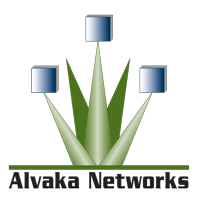Software Patching Best Practices – 18 Must Do Tips
There are many other benefits to applying software patches including in some cases adding features, fixing bugs that make the software run slow or not work right. All software needs to be patched. Whether the software sits on a disk and runs on a server, resides on a chip within a firewall, or is an app that is in your tablet devices, it all needs to periodically be updated and patched in order to be secure.
The following list of 18 software patching best practices is what we follow at Alvaka Networks when delivering on our Patchworx(SM) Patch Management Service. It is important to note that all these steps are important, but not always are all them utilized or they can be utilized in different ways depending upon the needs of the client. Like us, you will need to decide what your patch management plan needs to look like to best suit your needs.
18 recommended best practices for patching your software:
